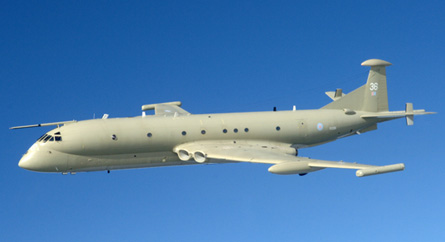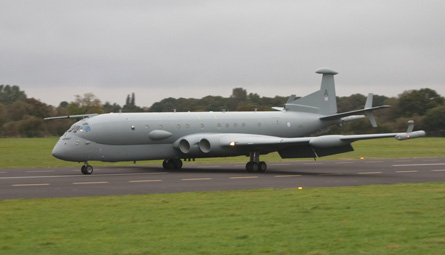Industry and military officials have received fresh criticism over the mid-air explosion of a Royal Air Force British Aerospace Nimrod MR2 surveillance aircraft in Afghanistan in 2006, following the publication of an independent review into the mishap.
Fourteen UK personnel died when Nimrod XV230 crashed after catching fire immediately after in-flight refuelling, a procedure that has been halted with the RAF's remaining examples of the type.
Charles Haddon-Cave QC was asked to head a review into the Nimrod's airworthiness and safe operation, with his mandate stretching back to the type's introduction to service in 1979.
In his 587-page report, Haddon-Cave criticises the Ministry of Defence's "leadership, culture and priorities" with regard to aircraft safety. He also slams the quality of a safety case assessment performed by BAE Systems between 2001 and 2005 and validated by Qinetiq.
 |
|---|
© Crown Copyright |
Design flaws with the Nimrod stretch back over four decades |
The report says flaws with the Nimrod's bleed air duct design were found to date to 1969, and that a near-catastrophic incident involving another Nimrod in 2004 "should have been a wake-up call" for the RAF and the MoD.
The safety review was "seriously defective", and "a lamentable job from start to finish", it says, adding: "It missed the key dangers." The report also criticises a "shift in culture and priorities in the MoD towards business and financial targets, at the expense of safety and airworthiness".
Responding to the report on 28 October, defence secretary Bob Ainsworth said: "Based on the steps we have taken, I am certain the Nimrod remains safe to fly." The MoD will consider the report's recommendations and make a full reply by year-end, he adds. However, it has already acted by creating the new post of defence chief airworthiness engineer, who it says will be responsible "for assuring the airworthiness of our aircraft".
Separately, the MoD has announced its intention to award BAE contracts to dispose of the RAF's remaining Nimrod MR2s and three Nimrod R1 electronic intelligence aircraft, and to provide in-service support for its new fleet of nine Nimrod MRA4s.
 |
|---|
© BAE Systems |
Nine Nimrod MRA4s will eventually enter service |
The support deal for the MRA4 should be signed next February, with the agreement's planned first three phases to cover the type's initial 11 years of use. Operations with the MR2 will cease by 31 March 2011.
Source: Flight International
















